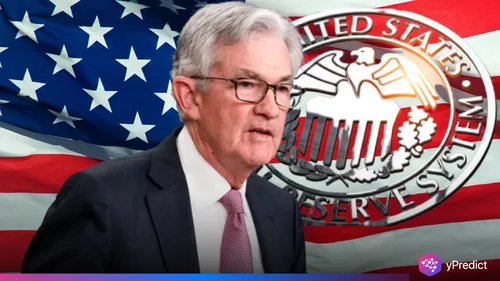
Crude oil futures held steady near the 200-day moving average. Traders are currently awaiting updates from the Saudi OSP and signals from the OPEC+ meeting. Rising Asian demand and a potential 411,000 bpd output increase could change the pace. Thus, as global oil prices hover near significant resistance levels, markets remain cautious.
Investors are watching closely for a breakout or additional consolidation. Volatility may rise if official announcements do not match market expectations. As a result, the balance between supply choices and seasonal demand will dictate the course.
OPEC+ Output Plans May Shake Oil Markets
OPEC+ is expected to announce a production hike of 411,000 barrels per day for August at its July 6 meeting. If approved, this action would raise the total 2025 increase to 1.78 million barrels per day. That is greater than 1.5% of global demand. This expected increase in supply coincides with oil prices being trapped in a narrow range.
Traders fear excess output could pressure prices unless global demand picks up sharply. The OPEC+ strategy and the dynamics of demand in Asia and the West will determine the market’s momentum. OPEC+ is walking a fine line between stability and oversupply. Therefore, a mistake could lead to significant price adjustments in all energy markets.
Saudi OSPs May Push Prices Higher Again
Additionally, the markets are paying attention to the August Saudi OSPs. Traders expect the price to rise by 50 to 80 cents for Asian buyers, reaching a four-month high. Additionally, Arab Light might rise to $1.70–$2 above Oman/Dubai, supporting commodities benchmarks in the Middle East.
Asian refiners have already asked for more supply because they expect high demand for fuel in the summer. However, increased OPEC+ supply could counteract this optimism and limit oil prices within the consolidation band.
Therefore, a distinct move above $67.44 is still elusive. Additionally, the import patterns of China and India could affect regional standards. A stronger spot demand might, at least temporarily, restrain the decline. The 200-day average of $65.18 remains a key pivot.
Can Crude Oil Futures Survive Tariff Headwinds?
The recent ceasefire between Iran and Israel reduced tensions and caused Brent to drop from $80 to $67. However, there are still risks that could affect demand growth as the July 9 U.S. tariff deadline draws near. Saudi OSPs might offer short-term support, but the real test will be how demand reacts to trade disruptions. Morgan Stanley now predicts that Brent will retrace toward $60 by early 2026 due to waning risk premiums and worries about oversupply.
Changes in trade policy frequently reduce demand in important importing regions. Furthermore, in the face of uncertainty, hedge funds have started to scale back their bullish positions. The outlook for crude oil futures is still cautiously optimistic. Thus, if demand increases and concerns about trade abate, prices might hit $71.20. Otherwise, the market range may be maintained by supply pressure.
OPEC+ and Saudi Moves Could Set Direction
Oil prices remain close to critical levels as the market awaits a catalyst. Crude oil futures are currently consolidating, so any surprise from OPEC+ or a Saudi pricing move could cause sentiment to change. For now, traders are watching the summer unfold with caution. If demand surprises to the upside, a lot will depend on it. Until then, the short-term trend will probably be defined by consolidation.







